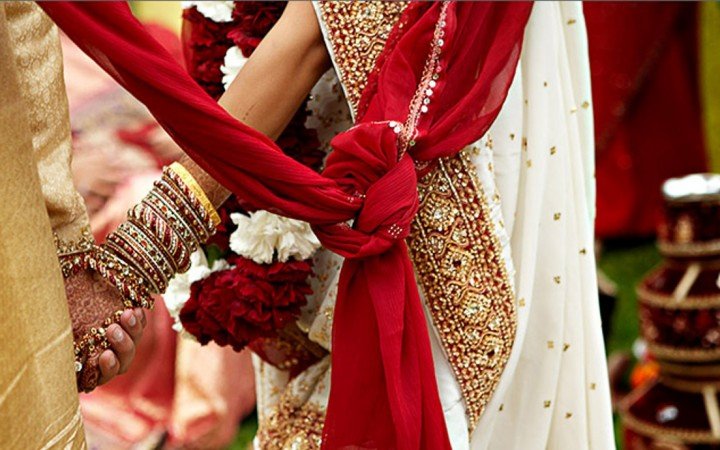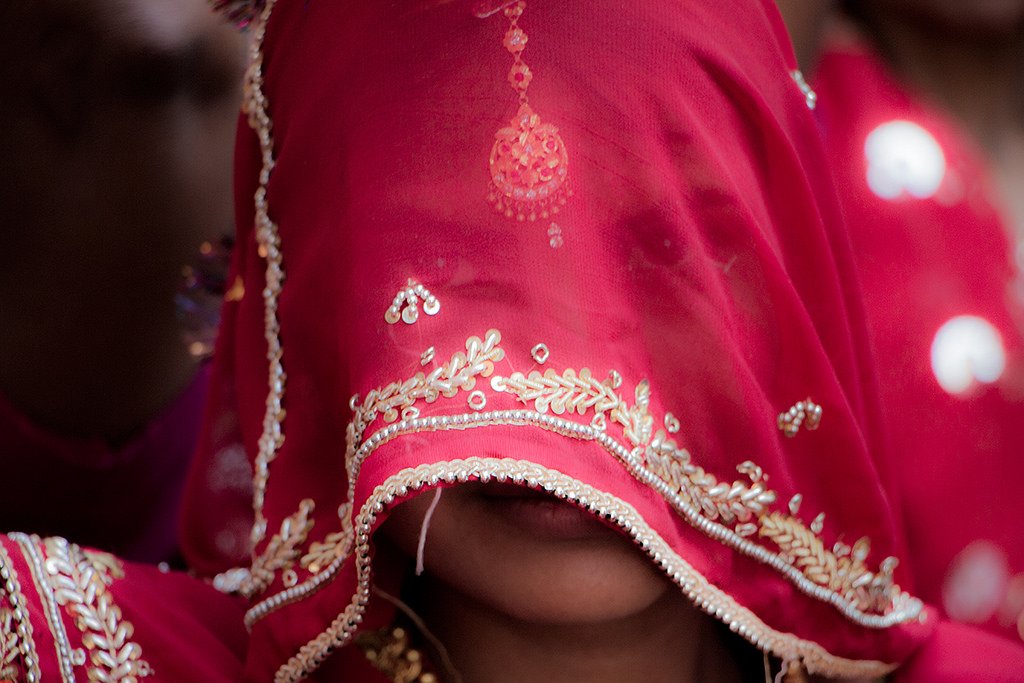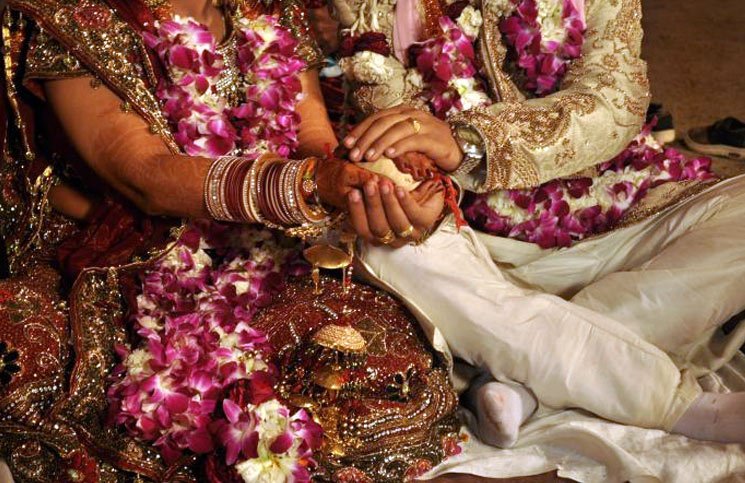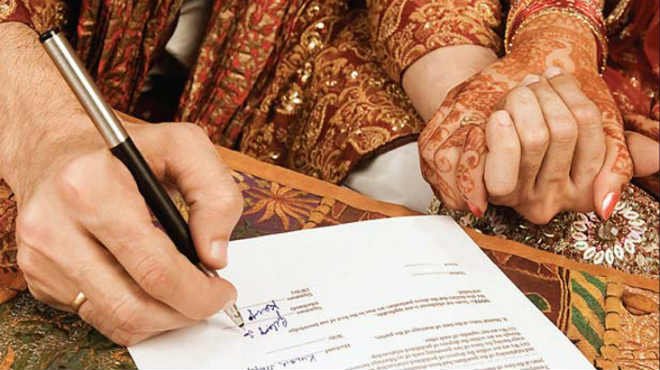A recent study conducted globally revealed that India officially has the lowest divorce rate in the world.
#Divorce Rate by Country: The World’s 10 Most and Least Divorced Nations #India the lowest divorce rate …hmm!https://t.co/HXwva76NFp pic.twitter.com/Gw0uYuWE6K
— Samir Saran (@samirsaran) January 30, 2019
Only 13 marriages out of a 1000 result in divorce, which makes the statistic less than 1 per cent.
Yay, for India, right? Well, not really.

Now before you jump into celebration mode, this statistic isn’t really great news for marriage and society in general. And when we dig deeper, things are far more grim in matrimony land (Matri-bhumi, if you may).
According to a BBC report,
“The number of people separated is almost thrice the number of people divorced – 0.61% of the married population and 0.29% of the total population.”
This in itself somewhat demolishes the idea of a perfect marriage utopia we’re trying so hard to portray. By no means does marriage last in India owing to it being a happy one. One of the biggest reasons for the divorce rate, or lack thereof, is the stigma attached to the institution of divorce.
India, the land of unhappy marriages https://t.co/bZYT7fS3g5
— Shivam Vij (@DilliDurAst) January 31, 2019
In India, a failed marriage is not the same as a divorce. So just the absence of divorce doesn’t mean all is well in the marriage department.

We’re well into 2019 and several of us have managed to embrace it almost completely. Yet the notion that marriages aren’t between individuals but families is still prevalent in India.
Which means, if a marriage is not working out, a formal divorce involves the painstaking process of convincing family members from each side that things are not exactly fun and games. Each family member comes with their own version of “your life is ruined” projected onto why said divorce is wrong.
India has the lowest divorce rate in the world. It shows how big a societal taboo is divorce in India which forces unhappy couples to stay in abusive relationships. Mostly, how women are not empowered yet to take such a call. Are there any positives? pic.twitter.com/StNoEaLkmb
— Gabbbar (@GabbbarSingh) February 1, 2019
From family reputation to ‘log kya kahenge’, our close ones resort to using any possible way to avoid the unthinkable.
Taking the plunge is seen as the selfish choice. Several couples stay married long after their marriage has, in essence, come to an end only to keep up a facade.

While a bad marriage is a harrowing experience for both, it is fundamentally worse for the woman involved.
And a low divorce rate is reflective of several factors against women. Financial dependability, lack of access to legal recourse, and silencing through domestic abuse, just to name a few.
According to BBC,
“More women are divorced and separated than men.”
Which means even after one has had the financial, emotional and legal strength to end a bad marriage, there is still a massive stigma attached to being a ‘divorcee’. More so a divorced woman rather than a divorced man for whom it’s evidently easier to marry again.

A low rate of official divorces also implies that the people involved have little to no access to legal apparatus that help end a bad marriage. Poor literacy and financially dependent women get the raw deal there from the get-go.
Even while Indian law allows for a smooth exit especially owing to amendments to the Hindu Code Bill, passed in the mid-1970s, Indian society does not afford respite to couples that easily.
The process is not only painstakingly long and slow, but it is also shielded by an impenetrable wall of judges who subscribe as much to the “log kya kahenge” school of thought.
According to the Atlantic,
“More divorces are a good sign for the economy.”
Loosely, it implies that people are more financially independent, career driven and due to the lack of a problematic spouse holding them back domestically, more productive at work.
In India, divorce is the absolute last resort.

And life after divorce isn’t exactly a bed of roses. A low divorce rate is reflective of several things that are wrong with society.
Especially in a country which upholds the idea of marriage between strangers (arranged marriage), is a hotbed of failed marriages due to gender inequality, and still doesn’t legally recognise marital rape.
Like marriage, divorce is overrated too. One doesn’t need to marry to live with someone. Likewise, one doesn’t need to divorce to live separately. You can live under the same roof & yet feel separated or lonely. Opposite is true too; live separately & yet feel together. https://t.co/P61uZHE8n5
— Aarti Tikoo Singh (@AartiTikoo) January 31, 2019
So TL;DR
A low divorce rate is not exactly a good thing. And Indian society needs to understand that divorce is not the end of a happy marriage but an escape from a bad marriage. In the end, it results in two happy individuals rather than one miserable couple.
India’s divorce rate is 1%. No better illustration of patriarchy, poor female participation in the labour force, difficulty of chasing alimony/child support, and the cultural conviction that staying in an unhappy marriage is better than being divorced. https://t.co/zrKxqCb7Op
— Veena Venugopal (@veenavenugopal) February 1, 2019
so india has a roughly 1% divorce rate. sounds great on paper. we’re happy! kind of _sucks_ in real life. a higher rate of divorce can imply so many things.
1) erasure of stigma: most women will not leave bad marriages because log kya kahenge. imagine if this didn’t exist.— ✨ (@PedestrianPoet) February 1, 2019
Would you also help us get the figures of the countries where it takes longest to get a divorce, with unlimited adjournments? Has to be India. And btw, despite such a low divorce rate, India is at a dismal 128th in the happiness index. That sums up the story. https://t.co/ZeMWfdmdaO
— Manish K Tyagi (@KnottyCommander) February 1, 2019
.

















